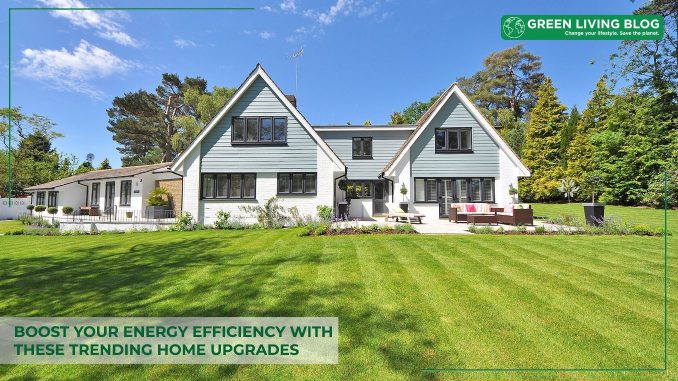
Today, we all must consider our carbon footprint and make a conscious effort to reduce it.
When thinking about ways to live more sustainably, we often think about buying fewer single-use plastics and opting to travel via public transport rather than by car.
Whilst these are great ways to reduce your carbon footprint, it is also beneficial to look at the emissions you are creating whilst at home.
Here are some trending expert tips on ways you can improve your home’s energy efficiency while upgrading it at the same time.
1. Consider alternative Heat Sources
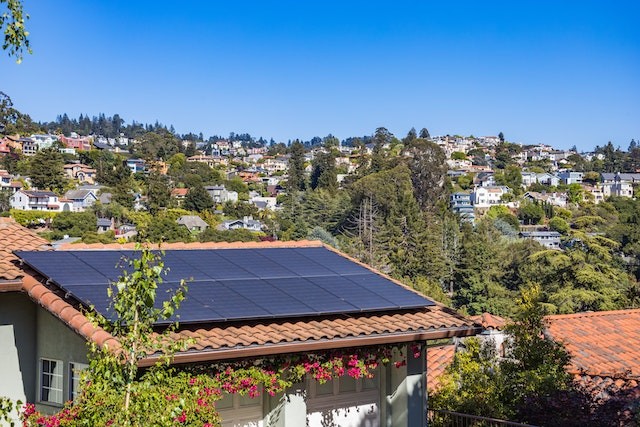
We are in the fortunate position that gas boilers are no longer the only option when it comes to heating our homes, so this is a good place to start. There are now lots of alternative options for heating your home from combi boilers to solar panels.
Although this can be costly, to begin with, with solar panels costing approximately £6,500 to install, they will save you in the long run, with average yearly savings of between £165 to £405 per year. But the financial gain is not the only benefit here, solar panels provide energy from a renewable source and are also highly efficient. As the energy is being transmitted directly from your roof to your home rather than across a power network, there is far less energy lost.
Be sure to research whether any schemes or green grants are running which could help you save on installation costs, as the government often run initiatives to encourage boiler upgrades and solar panel installation.
2. Make your Home Draught Proof
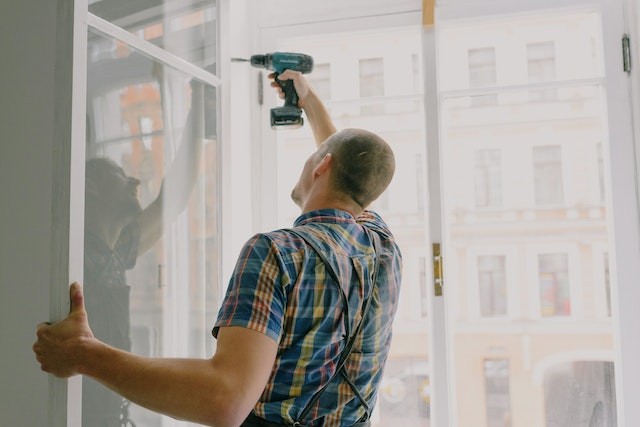
It is all well and good upgrading your heating system, but this is pointless if draughts in your home mean that none of the heat is retained and that you constantly need to keep it on high. Draught proofing your home doesn’t need to be complicated, it doesn’t even need to require professional installation if you don’t want it to. Draught exclusion can, in its simplest form, involve buying foam strips and installing them yourself around window frames. Simple solutions can lead to significant energy savings and will help cut down the price of your energy bills too!
3. Use LED Lighting
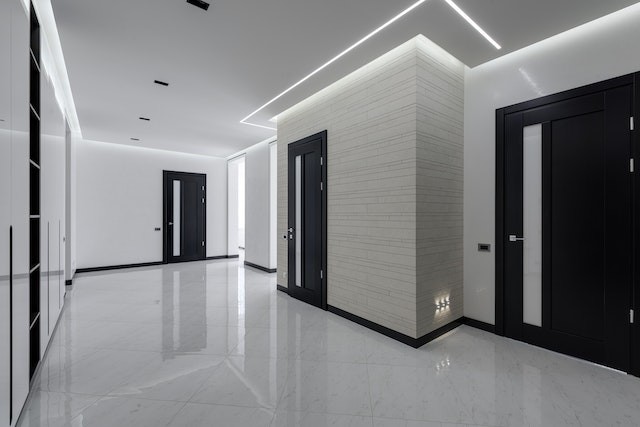
Switching out your traditional bulbs for LED bulbs is a simple but effective way to significantly reduce your home’s carbon emissions. With LED bulbs saving between 50 to 70% in energy, it is a no-brainer to make the switch or to also use solar lights where possible.
4. Be Home Smart
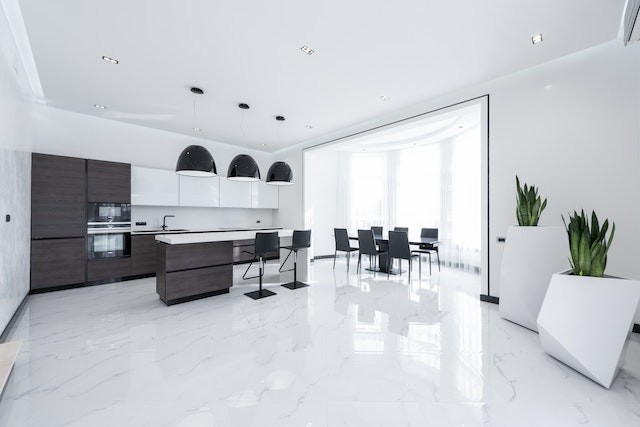
Now that you have upgraded how you heat and light your home, it makes sense to take it one step further and maximize your home’s efficiency. Smart technology can play an instrumental part in reducing your carbon footprint at home, and the best part is that once you’ve set it up it does the rest for you.
We have previously mentioned the benefits of LED bulbs, investing in smart LED bulbs means you can control the lighting at your house whilst you aren’t home. This allows you to not waste any energy by accidentally leaving the lights on. There are plenty of other gadgets and solutions worth researching, including motion sensors and smart meters for a smarter home.
You can also get the help of a handyman to implement the suggested energy efficiency home upgrades, if you’re not into DIY. Either way, as you see it’s not impossible to live greener so make a start today.
![]()


Leave a Reply
You must be logged in to post a comment.